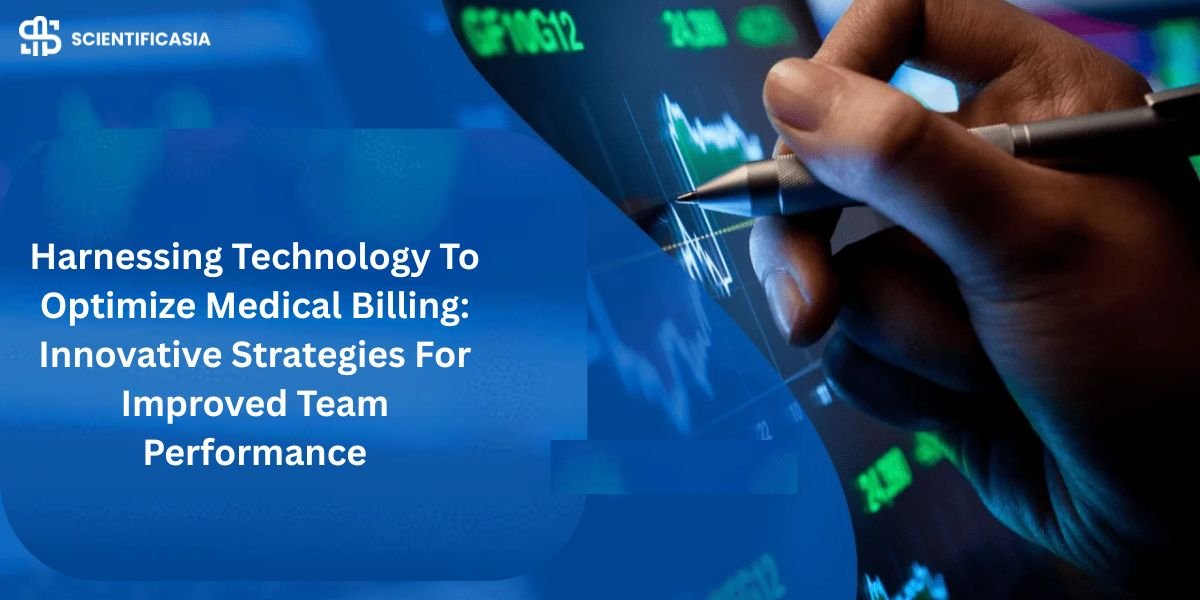Technology is transforming the way healthcare organizations manage billing. From automation to analytics, the right tools are boosting efficiency and accuracy. For medical billing teams, innovation is now essential for staying competitive and compliant. If your organization needs help with billing processes, visit https://advancedrevcycle.com/hospice-billing/.
Understanding The Challenges In Medical Billing
Medical billing has always been a complex and time-consuming process. With evolving regulations, payer rules, and coding requirements, teams often feel overwhelmed. These challenges can lead to delays, errors, and lost revenue if not appropriately addressed.
Manual data entry is a primary cause of billing errors. Even a minor error in coding or documentation can result in claims being rejected. In a busy healthcare environment, these errors accumulate quickly and hinder cash flow.
Additionally, communication gaps between departments create further inefficiencies. Billing teams often rely on accurate input from clinical staff, and when information is missing or unclear, delays are inevitable. That’s why improving workflows is just as important as upgrading tools.
Automating Repetitive Tasks With Smart Tools
One of the best ways to optimize billing is through automation. By using software to automate repetitive tasks, teams can concentrate on higher-value activities. This not only saves time but also improves consistency.
For example, claim scrubbing tools automatically check for coding errors before submission. These tools flag issues early, reducing the number of rejections and appeals. Over time, fewer denials mean faster payments and fewer headaches.
Automation also supports real-time eligibility checks. Instead of calling insurers or logging into multiple portals, billing staff can instantly verify coverage. This slight shift can significantly enhance the patient experience and staff productivity.
Leveraging Data Analytics For Better Decisions
Data analytics provides billing teams with a clearer picture of performance. With the right reporting tools, teams can identify trends, spot bottlenecks, and uncover revenue leaks. Analytics helps leaders make informed decisions backed by real-time insights.
For instance, analyzing denial rates by payer or procedure can reveal patterns. Teams can then adjust processes or retrain staff to prevent recurring issues. Rather than reacting to problems, they can take proactive steps to solve them.
In addition, dashboards that track KPIs like days in A/R or clean claim rates help monitor progress. When performance metrics are visible, teams stay accountable and motivated to hit their goals.
Enhancing Collaboration Across Departments
Technology isn’t just about software—it’s also a way to enhance communication and coordination. Integrating billing systems with electronic health records (EHRs) bridges the gap between clinical and administrative teams, facilitating seamless communication and collaboration. This integration ensures documentation is complete and accessible.
Secure messaging platforms also enable staff to clarify information quickly and efficiently. Instead of waiting for emails or phone calls, team members can communicate in real time. This reduces downtime and improves billing accuracy.
Shared task lists, notifications, and document-sharing tools also play a role. When everyone is on the same page, tasks get done faster and with fewer errors. Collaboration becomes smoother and more productive.
Supporting Continuous Learning And Training
Even the best technology needs skilled users to drive results. Investing in training ensures staff can fully leverage new tools. Ongoing education also keeps teams informed about regulatory changes and best practices, ensuring they stay up-to-date.
Interactive training platforms and webinars allow staff to learn at their own pace. This flexibility is beneficial for teams juggling day-to-day responsibilities. It also boosts engagement and knowledge retention.
Encouraging a culture of learning leads to stronger team performance. When staff feel confident using technology, they are more efficient and empowered. Regular training pays off in fewer mistakes and improved morale.
Customizing Solutions To Fit Your Workflow
Not every billing team operates the same way. That’s why customizable solutions are so valuable. Tailored systems can be customized to match your specific workflow, team size, and specialty needs.
Cloud-based platforms offer flexibility to scale as your organization grows. Whether you’re handling hospice billing services or hospital claims, a tailored system can be adapted to meet your specific needs. This personalization reduces friction and boosts user satisfaction.
Vendors who provide onboarding support and ongoing customization make implementation smoother. When tools fit your team’s workflow, adoption is easier and results are stronger.
Conclusion
Harnessing technology for medical billing is no longer optional; it’s essential. From automation to analytics, smart tools elevate team performance and efficiency. Learn more about how your team can benefit at https://advancedrevcycle.com/hospice-billing/.













